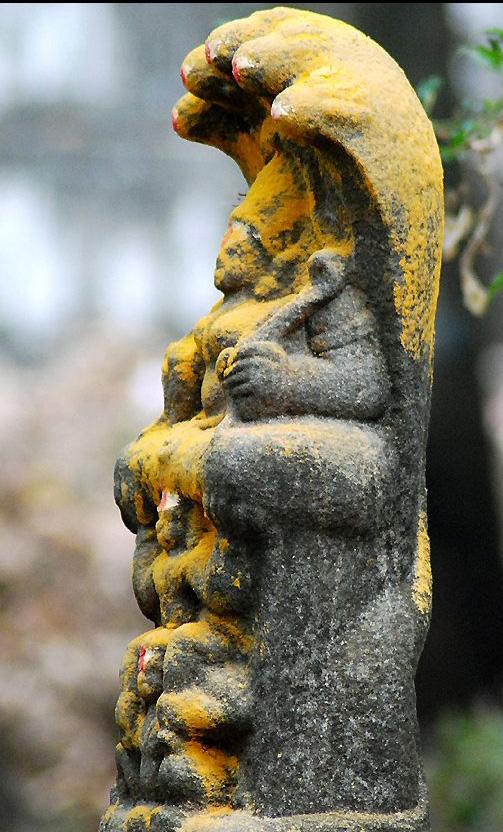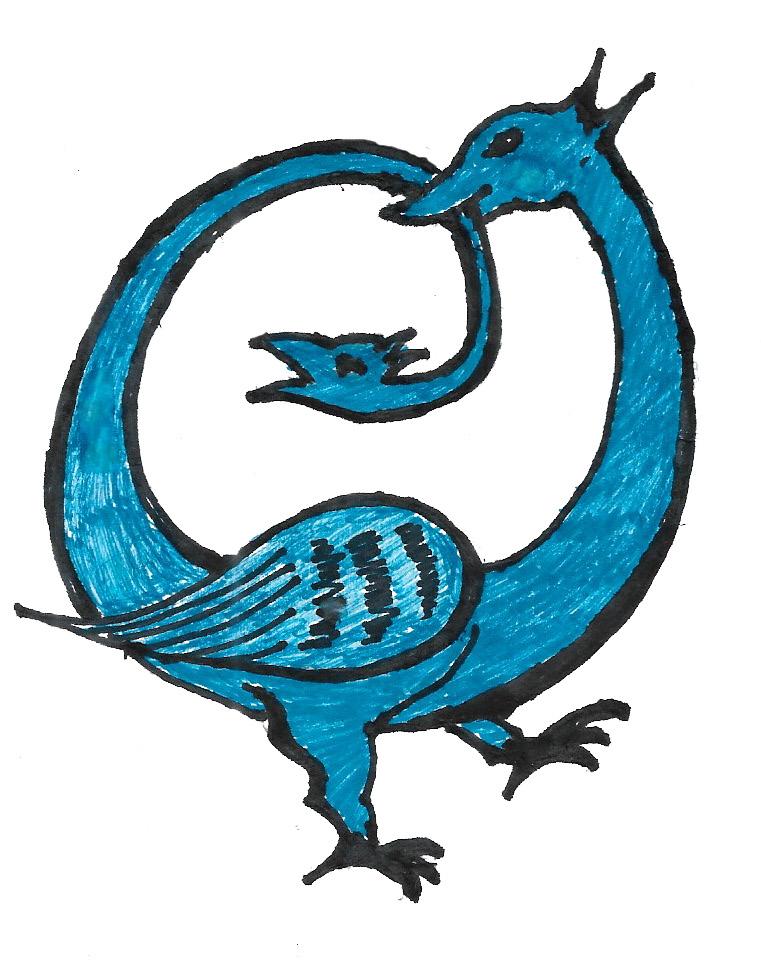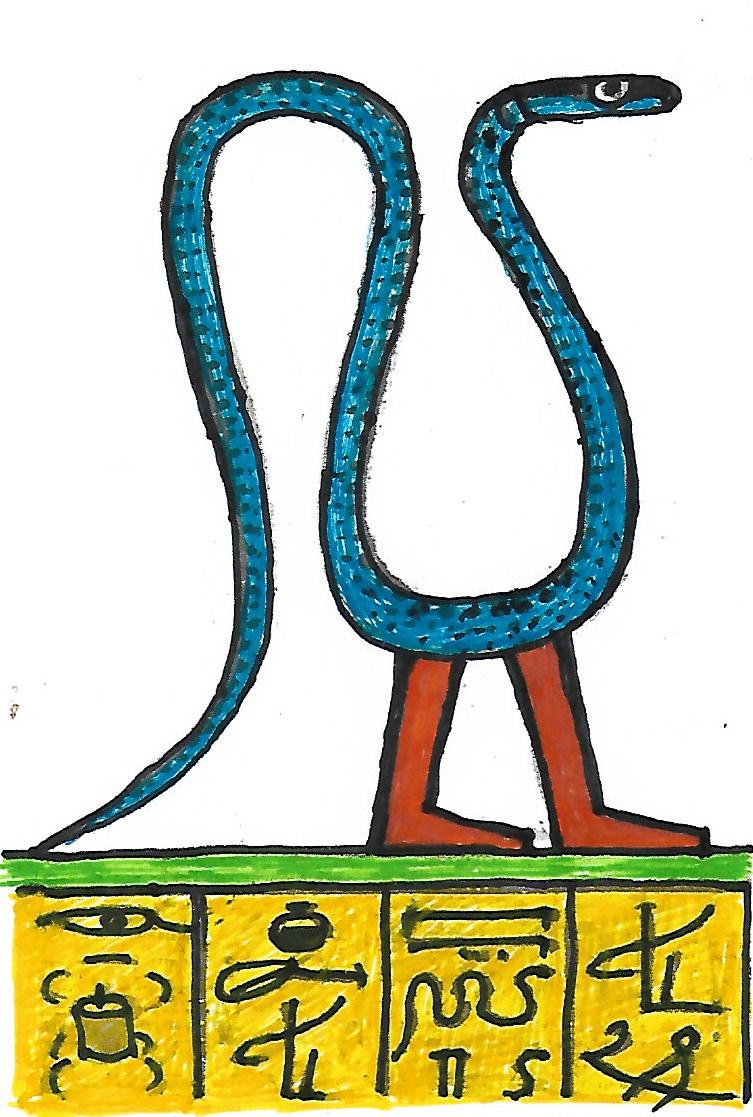
5 minute read
FEATURE / CULTURE
by AJAI KUMAR K S / SRIDEVI NARAYANAN
SNAKE WORSHIP
Advertisement
ACROSS THE BORDERS, BEYOND THE TIME
Jainism shares its affinity to the snakes through
In the wake of Covid-19, June 21st – the International Yoga Day which we fairly celebrate usually, is observed with less colour compared to the previous years. The theory and practice of Yoga state that our energy is rested on the “mooladhara”, moola
means root and adhara is base in Sanskrit. The chakra “mooladhara”, is situated at the very base of the spine in the form of a coiled Serpent, called “Kundalini”. Hence Kundalini symbolises the Snake Worship practiced among the Hindus and has written about innumerable times. From time to time around the world the reference of Snakes in the worshipped or non-worshipped forms prevailed in the various religions and traditions.
Jainism and Buddhism are often referred to as forms of Protestant Hinduism. Jainism shares its affinity to the snakes through Dharanendra and Padmavathi (prior to 10 AD she was called Vairotya) as the Snake God and Snake Goddess, could be representing Nagaraja and Nagarani of Hindu tradition. An idol of the Jain saint Parshwanatha houses a snake hood above his head and a cobra at the bottom of the figure shows the devoutness of the reptile world in Jain lineage. A myth says Vardhamana Mahavira with his divinity has saved an entire village from a deadly venomous snake, Chandkaushik. Upon seeing him Chandkaushik has hissed out its venomous rage and Mahavira through his ascetic tranquillity made the snake calm and later when it died it has attained the heavenly abode. This incident of Jain myth among a couple of others has paved the way for snakes being considered holy in Jainism.
In Buddism, again an Idol of Lord

Budha in the meditative pose is being sheltered by a seven-headed snake Mukkalind attributes to the Naga- link of the spiritual tradition. The snake crowns the idol, acts as a protector of Budha from environmental catastrophes, and thereby protecting Dharma, which is one of the major ideas of the Buddhist philosophy. The seven heads of Mukkalind throw light upon the Seven Factors of Enlightenment. The legendary Serpentine Dragon is considered to be a positive sign in the Chinese tradition of Buddhism. The casting of the snake’s skin symbolises mortality and rebirth. 41 The ancient Egyptians worshipped Apophis, an evil but celestial serpent in the form of a gigantic Cobra. The ancient Egyptian myths underline the constant conflict and battles of Apophis with the Sun god – Ra. This myth is the metaphor of the soul’s fights against the question of existence. Uraeus often depicted as a cobra is the Goddess of snakes and it denotes sovereignty. It is believed that prior to the Roman annexations snake worship was followed in certain pockets of Rome. Much before Christianity was founded, Goddess Angilitia was considered a serpentine powerful Goddess and was prayed for healing deadly diseases. The lion-headed serpent with an aura named Kneph is a motif found in pre-historic Egyptian art, which is associated with the deity called Khnum.
The Greek Classics had abundant references to the divine snakes and snake gods. There was a tradition of worshipping Wadjet, the Egyptian snake goddess. The two-headed, ant-eater Ambhisbaena is yet another snake God-

FEATURE / CULTURE
dess usually seen in Greek mythology. There are allusions that Aesculapeans, the non-venomous snakes were left crawling on the floors of the rooms where the people with ailments are laid.
Similar to the Buddhist belief of snake worshipping, the ancient Mesopotamians believed that the skin shedding of the snakes indicates the purification and rebirth. Embellished snake figures found along with the burials in graveyards clearly indicates the myth of mortality.
On the artifacts found in the vicinity of Sumerian Civilization figures of the Sumerian snake god, Ningishida is often seen with a human head. In the rock-cut scribblings the historians discern the aforesaid name as well. On all the four doorways of ancient Babylonian temples a pair of snake-figures each were unearthed. Such findings contribute the snake worship has prevailed around the world in the pre-historic era itself.
When it comes to Christianity the divine serpent becomes a symbol of chaos and evil spirit. But it has

to be discerned that here the perspective of snake personifies wisdom as well. Other than very few references in The Books of Genesis, Numbers, and the Revelations not many allusions of Snake are found in Christianity. The Middle East soil has also housed its share of Bronze and Iron Age metallurgical outputs of snake-hood or snake-like forms found in various excavation sites of Rumailla, Masafi, Sarauque Al Hadid, etc. Definitely they do not contribute to the Faith of Islam though it was founded much later in the Middle East.
Since the time immemorial fear being a commodity traded fast and best to invest. Fear causes Devotion, Devotion causes Worship and the Worship causes Religious cults and sects. Precisely, irrespective of continents common people of all the time and place were afraid of Snakes. This Fear Factor is played well and could have been exploited by the clever commanders of religions. This may be one of the key reasons why the snakes have found their way of being worshipped. In the Indian context, an

other reason often cited is the Environment Conservation by giving divinity to the animals, birds, and reptiles. Though we put forward hundreds of logical reasons, myths and superstitions surround the mindset of even the ultra-modern man. Hence the snake worship is still continuing. Scientific findings are not enough to fade away layman’s mind-set and the human minds set out their expeditions like the legendary Ulysses of Ithaca.

Sketches by Ajay Krishna Moorthy



